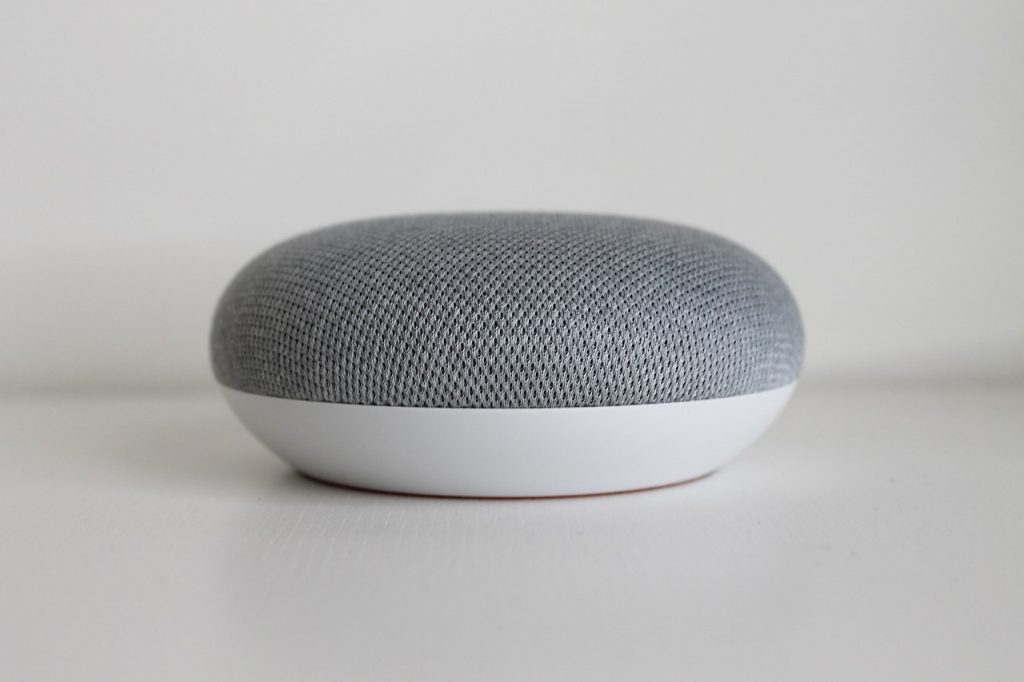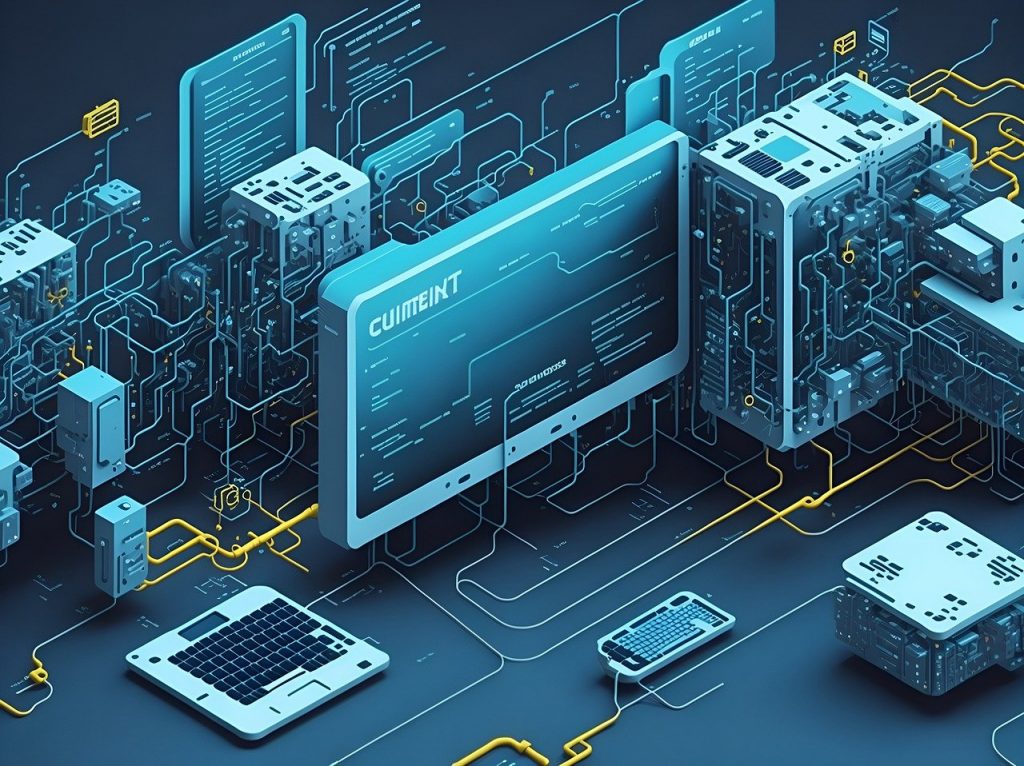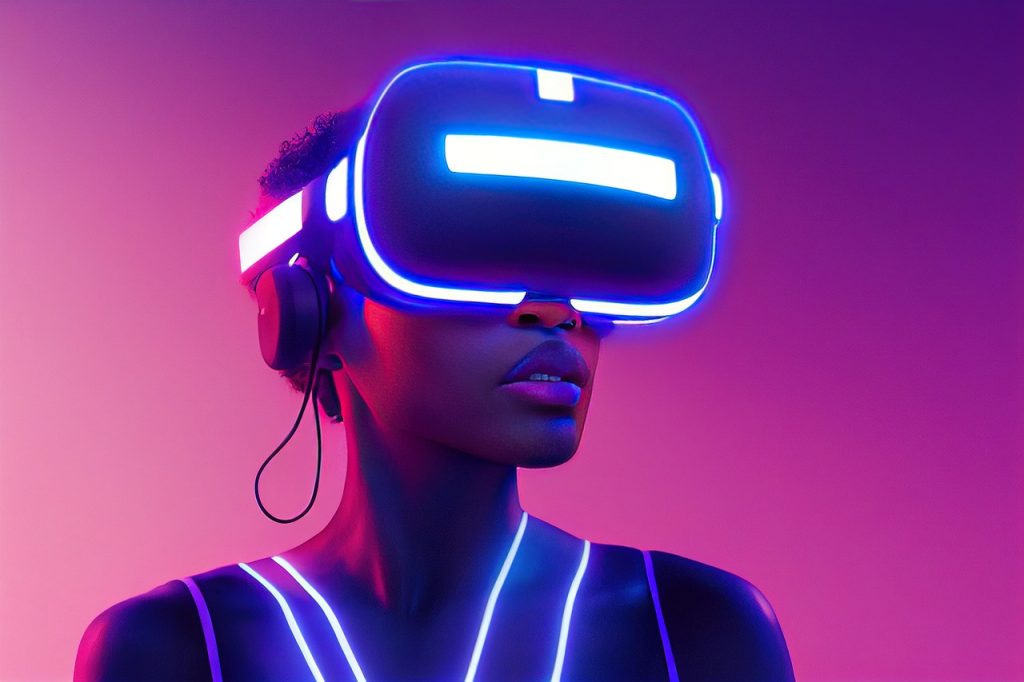Ambient computing has gradually become a hot topic in the tech world. This concept, though multifaceted and transformative, holds a bounty of opportunities for digital marketers and creators to thrive. Let’s immerse ourselves to comprehend what ambient computing truly means, observe its real-world manifestations, and envision how it can revolutionize promotional strategies and content cultivation.
What is Ambient Computing?
Ambient computing refers to integrating computing capabilities unobtrusively into everyday surrounding environments and objects through connectivity, sensors and artificial intelligence. As these “smart” devices proliferate in our homes, workplaces and communities, they generate immense contextualized data about users. Savvy professionals can leverage this ambient ocean of insights to strategically deliver hyper-personalized, calendrical experiences that automatically surface at just the right place and time. By actualizing ambient’s potential, visionary promoters and innovators can cultivate vigorously engaged audiences, introduce groundbreaking monetization paradigms, and cement themselves at the vanguard of their industries for years to come.
At its core, ambient computing refers to an environment where technology and information are seamlessly integrated, omnipresent, and always accessible. It’s about creating a digital ecosystem where interactions with technology become as natural and effortless as breathing, with devices and software working in the background to support users’ needs and wants.
Real-world Examples of Ambient Computing
One of the most common examples of ambient computing is the smart home. Devices such as Google Home, Amazon Echo, and Apple‘s Siri allow users to control their environment with simple voice commands, making technology blend seamlessly into their daily routines. From adjusting the thermostat to playing music or the weather, these devices demonstrate the power of ambient computing.
Another example of ambient computing is wearable tech, such as fitness trackers or smartwatches. These devices gather data unobtrusively, providing users with insights about their health and habits. They’re another testament to how ambient computing can weave technology into the fabric of our lives.

Ambient Computing: A Game Changer for Digital Marketers
Ambient computing presents a new frontier for digital marketers. With technology becoming an integral part of our daily routines, marketers can leverage ambient computing to reach consumers in more personalized and engaging ways.
With devices constantly collecting data about user preferences and behaviors, marketers can tap into this goldmine of information to deliver highly personalized messages. Imagine a voice assistant suggesting your favorite brand of coffee when you’re running low or a fitness tracker promoting a local gym membership based on your workout habits. This level of personalization can significantly enhance customer experience and boost brand loyalty.
Ambient computing can also help create a seamless customer experience. With devices and applications working together, customers can interact with brands across different touch points smoothly. Whether it’s shopping through a smart TV, getting product recommendations from a voice assistant, or receiving promotions on a smartwatch, ambient computing can make the customer journey more integrated and consistent.
More Examples for Marketers
- Smart home devices (lights, thermostat, cameras): Tap into home automation platforms like SmartThings to deliver context-aware messages to users based on presence and actions at home. For example, offering a product recommendation when entering the living room.
- Smartphones/tablets: Push location-based notifications, augmented/mixed reality experiences, and interactive content to engage users through their mobile devices.
- Digital/smart billboards: Use sensor data to track foot traffic and demographic patterns to beam dynamic, location-aware ads to passersby.
- Internet of Things (IoT) devices: Partner with IoT platform companies to reach users through connected devices like smart fridges or mirrors with screens.
Opportunities for Creators in the Ambient Computing Era
Content creators can also reap the benefits of ambient computing. From developing voice-activated applications to creating immersive augmented reality experiences, the possibilities really do seem quite endless.
As smart speakers and voice assistants become commonplace, creators can explore opportunities in voice-activated content. Podcasts, audiobooks, and voice apps are just a few examples of how creators can leverage this trend.
Ambient computing is also closely tied with augmented reality (AR). Creators can utilize AR to provide immersive and interactive experiences. Imagine a shopping app that allows users to ‘try on’ clothes virtually or a game that transforms the player’s surroundings into a fantasy world. These experiences can engage users on a whole new level.
More Examples for Marketers
- Create audio newsletters for smart speakers that get published automatically on a schedule that promote upcoming work.
- Pin an “about the creator” widget with bio, latest videos/blog posts, schedule of livestreams on a smart displays.
- Smart home devices – Trigger contextual notes/reminders about YouTube uploads, social media posts when user enters certain rooms.
- Geo-targeted push notifications to smartphones when near event venues to promote IRL meetups/appearances. AR overlays at locations.
- IoT mirrors/displays – Showcase tutorials, tips, highlights/ teaser clips of recent videos for fans passing by.
- Partner on smart cities infrastructure to promote live streaming of public appearances, signings etc to local digital screens and directories.

What is the Difference Between IoT and Ambient Computing?
The main differences between IoT and ambient computing are:
- Scope – IoT refers specifically to the connection of physical devices to the internet. It’s focused on the network of devices itself. Ambient computing is broader and refers to incorporating computing capabilities into the surrounding environment through connected devices.
- Awareness – IoT devices are connected but may not be contextually aware on their own. Ambient computing leverages IoT devices along with sensors, analytics and artificial intelligence to gain awareness of environmental contexts like location, activity, presence, etc.
- Ubiquity – With IoT, devices can be discrete and purpose-built. Ambient computing aims to distribute computation seamlessly throughout the environment so technology recedes into the background.
- Experience – IoT enables remote monitoring and control of devices. Ambient computing aims to enhance user experiences in a subtle, calendrical way based on contextual cues from the environment.
- Data utilization – IoT data is specific to devices, protocols and functions. Ambient computing analyzes environmental context data at a higher level to inform experiences and interactions.
As ambient computing devices become more ubiquitous elements of our surroundings, the lines between the digital and physical worlds will continue to blur. Markers, sensors and AI will allow technology to recede into the background yet still be aware of and responsive to our presence, needs and activities.
For marketers, this signifies a major shift from interruptive advertising to contextual experiences that feel natural and enhance people’s lives. By leveraging signals from ambient technologies, they can deliver highly personalized, location-based promotions that anticipate user needs. This builds stronger, more valuable brand relationships.
Creators also gain new distribution avenues and monetization models. Ambient platforms let them cultivate engaged communities both online and offline through always-on promotional content. Proximity triggers and interactive AR bring virtual worlds to physical spaces. Livestreaming to public screens boosts discoverability for IRL events.
As computing infiltrates our surroundings, digital interactions will become subtle, calendric occurrences rather than discrete apps or touches. Both marketers and creators who command this ambient landscape will be uniquely positioned to build thriving connections with fragmented audiences.



